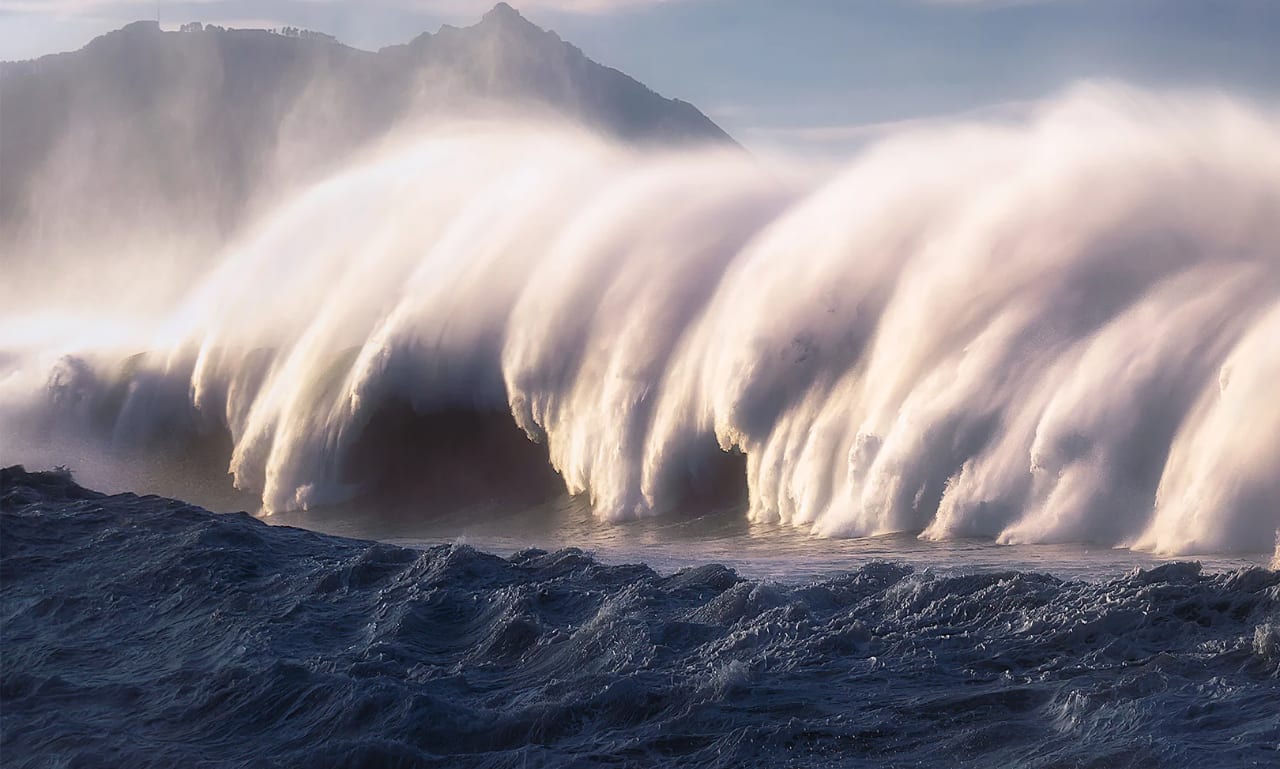A tsunami is a group of big sea waves that usually happen after an earthquake under the ocean. These waves move very fast and can cause a lot of damage when they reach the land. Right now, many news channels and social media sites are talking about tsunamis because warnings have been given in different parts of the world. In this article, we will tell you what is going on, which places might be in danger, and what important steps you can take to keep yourself safe.
What Is a Tsunami?
A tsunami is not just one big wave. It is a group of waves caused by a sudden movement of the ocean floor. This movement can happen due to:
An undersea earthquake A volcanic eruption A landslide into the sea A meteor hitting the ocean (very rare)
When these events occur, large amounts of water are pushed upward. This force creates waves that move outward in all directions. These waves are often not visible in deep water but grow in size as they approach land.
Why Is “Tsunami” Trending Today?
The word “tsunami” is popular today because a strong earthquake happened near the coast. After the earthquake, officials gave a tsunami warning for people living close to the sea. They are asking everyone in those areas to be careful and follow safety advice. Because of this alert, many people are now looking online for the latest news and updates. It is important to stay informed and listen to trusted sources to know what to do if the situation gets worse.
Latest News and Updates
Authorities and weather departments are closely monitoring the situation. Here are the most recent developments:
A magnitude 7.5 earthquake struck near the Pacific Ocean, close to a populated coastal region. Tsunami alerts have been issued in several nearby countries. Coastal towns are being evacuated as a safety measure. Emergency response teams are on standby. Some areas have already experienced rising water levels.
These alerts are usually issued by national weather services and global organizations like the Pacific Tsunami Warning Center (PTWC).
Areas Affected by the Alert
According to official sources, the following regions are under tsunami warning:
Pacific Islands: Islands near the center of the earthquake may experience strong waves. Japan: Coastal areas in Japan have received warning signals. Philippines: Emergency services have asked people in low-lying areas to move to higher ground. Indonesia: The government has activated early warning systems. Parts of the U.S. West Coast: People in coastal areas of California, Oregon, and Washington are advised to stay alert.
It is important to note that not all areas will experience large waves. The impact depends on distance from the earthquake, sea floor shape, and local coastline features.
How Authorities Issue Tsunami Alerts
Tsunami alerts come from information about earthquakes under the sea, changes in water levels, and special warning tools. This helps experts tell if a tsunami may happen and warn people early:
Seismographs that detect earthquakes Ocean buoys that track wave movement Satellite information Tide gauges near the shore
When an earthquake of a certain strength is detected, experts estimate whether it can cause a tsunami. If the risk is high, a warning is sent to the public through:
SMS alerts Sirens in coastal towns Radio and TV broadcasts Online emergency systems What Should You Do If You’re in an Alert Zone?
If your area is under a tsunami warning, follow these steps to stay safe:
Move to Higher Ground: Tsunami waves can rise quickly. Go to a place at least 30 meters above sea level or move inland. Do Not Wait: If you hear a warning or feel a strong earthquake, act immediately. Avoid the Coast: Do not go to the beach to watch the waves. Tsunamis are faster than you think. Listen to Authorities: Follow instructions from local officials and emergency services. Take Essentials Only: If you need to evacuate, take necessary items like ID, water, some food, and basic medicines. Help Others: If safe to do so, assist elderly people, children, and those with disabilities. How Long Do Tsunami Warnings Last?
Tsunami alerts can last for a few hours to more than a day. The length of time depends on:
Size of the earthquake Distance the waves need to travel Aftershocks that may follow Observed wave behavior
Authorities keep checking wave activity through sensors and satellites. Once they are sure the threat is over, they cancel the warning.
What Happens After a Tsunami?
If a tsunami hits land, the effects can be severe:
Flooding of homes and streets Damage to buildings, roads, and power lines Loss of life and injuries Contamination of water supplies
Relief efforts include rescue operations, medical aid, clean drinking water supply, and temporary shelters.
Important Facts About Tsunamis Tsunami waves are not just big, they can also come in multiple sets over hours. A tsunami can travel at speeds of 500 to 800 kilometers per hour in the open ocean. Some of the largest tsunamis in history were caused by massive undersea earthquakes. Modern technology allows faster alerts, saving lives. How to Stay Updated
If you live near the coast or plan to travel, you should:
Follow official weather and disaster management pages on social media. Install apps from national weather services for real-time alerts. Keep a battery-powered radio for news in case of power loss. Final Thoughts
Tsunamis are natural events that can be very harmful, especially for people living near the sea. Today’s tsunami warning reminds us to be ready and careful. It is important to listen to official news and follow safety advice. If a warning is given, people should act fast to protect themselves and others. Staying alert can help save lives and reduce damage to homes and buildings. Always know the safe places around you and have a plan. Stay calm, stay updated, and follow the instructions given by local authorities. Safety comes first.

